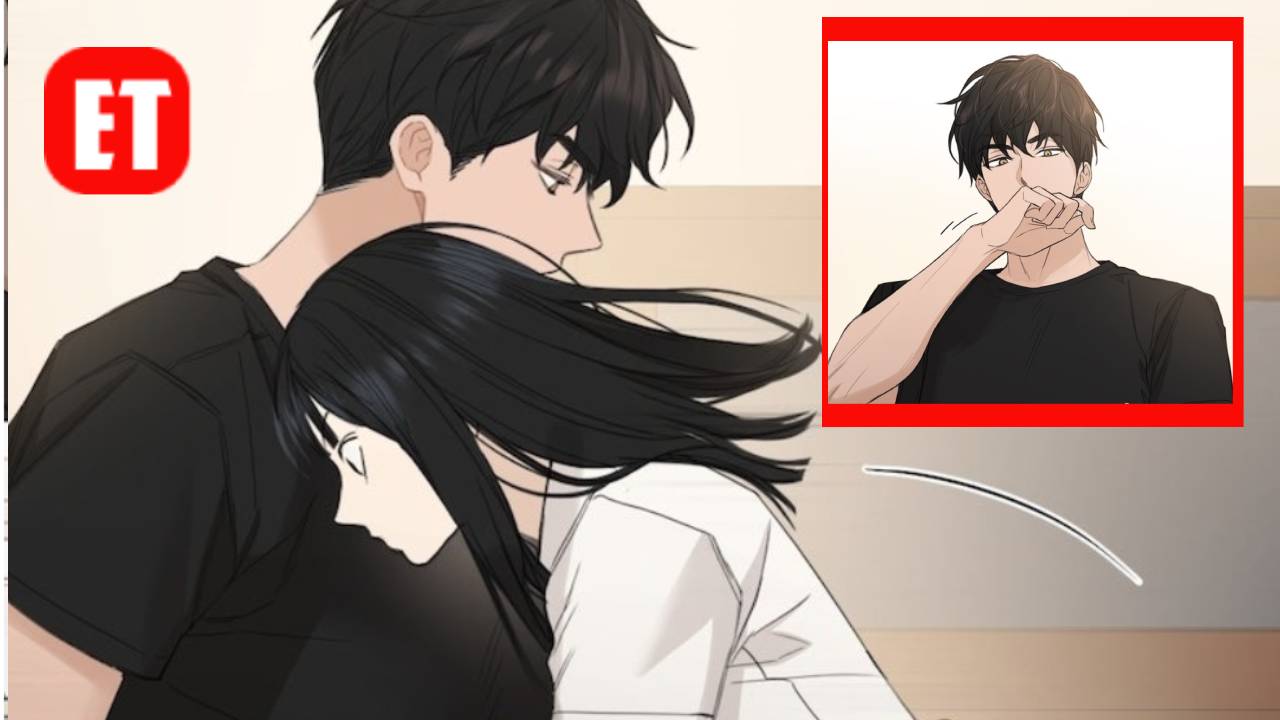
Some stories don’t need dozens of episodes to leave an impression. The Dawn to Come is one of those rare gems — a short, completed webtoon that manages to explore deep emotions in just three episodes. Created by Kang Ki and Woo Jihye, it follows the quiet but compelling relationship between two students who, despite their differences, discover a sense of belonging in each other.
This article breaks down The Dawn to Come chapter by chapter, highlighting its emotional core, powerful themes, and why fans are already talking about the potential for an anime adaptation. Whether you’ve read the webtoon or just heard about it, this recap will give you everything you need to know.
Overview of The Dawn to Come
- Title: The Dawn to Come
- Creators: Kang Ki & Woo Jihye
- Status: Completed
- Episodes: 3
- Genre: Drama, Romance, Slice of Life
- Platform: Webtoon
At first glance, The Dawn to Come may seem simple, but beneath its calm tone lies a story about loneliness, emotional healing, and finding connection in unexpected places. It captures the quiet pain many young people feel — the sense of not belonging anywhere — and turns it into something hopeful.
Chapter One: The Stray Student
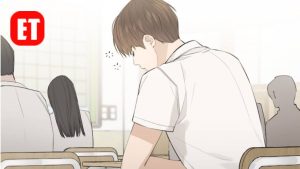
The story opens with Junyeong Yun, a top student admired for her intelligence and discipline. She appears to have everything together, but internally, she’s struggling. Neither home nor school feels like a place she belongs. Her parents’ expectations weigh heavily on her, and the constant competition at school leaves her drained.
Seeking solitude, Junyeong wanders into the forest near her town and stumbles upon an abandoned house. It’s quiet, peaceful, and away from the world — a perfect place to escape and study in peace. She believes she’s found a small sanctuary where she can finally breathe.
But she soon realizes she’s not alone. Another student has already claimed the place.
That student is Beomjin Kwon, known around school as the bad boy — someone who skips class, gets into fights, and doesn’t care about anything. Their first meeting is awkward and tense. Junyeong views him as reckless, while Beomjin sees her as another judgmental student.
Despite this rocky start, something about their shared silence feels strangely familiar. Both are running from something — and neither of them truly has a home to go back to.
Chapter Two: A Quiet Understanding
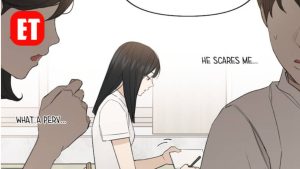
As the days pass, Junyeong and Beomjin continue to cross paths at the abandoned house. At first, they simply ignore each other — she studies at one corner while he listens to music or sketches on the wall. Slowly, their silence starts to feel comfortable rather than cold.
One day, Junyeong gets caught in a heavy rainstorm on her way to the hideout. Beomjin, without saying a word, offers her his jacket. It’s a small gesture, but it changes the dynamic between them. They begin to open up, sharing small details about their lives that hint at deeper wounds.
Through these conversations, we learn that Beomjin’s tough attitude hides a painful home life. His family situation is fractured, and he acts out not because he’s careless, but because he feels unseen. Junyeong, on the other hand, is crushed by the weight of expectations. She feels like her worth depends entirely on her grades.
The two find comfort in their similarities. They don’t need to fill the silence with words — being around each other is enough. The abandoned house, once a place of escape, transforms into a quiet symbol of safety and connection.
Chapter Three: The Dawn to Come
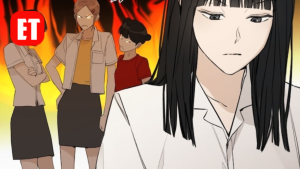
The final chapter delivers the emotional heart of the story. Junyeong and Beomjin’s time together has brought subtle but powerful change to both of them. Beomjin, once lost and angry, begins to see a reason to move forward. Junyeong, who once felt trapped by expectations, starts to accept herself beyond her achievements.
Their final meeting is bittersweet. They share an honest conversation about life, loneliness, and how sometimes, meeting the right person — even for a short while — can make all the difference.
Beomjin tells Junyeong that she reminds him of dawn — the moment when darkness finally gives way to light. For him, she represents hope, and for her, he represents freedom from fear.
The story ends not with a grand romance or dramatic ending, but with quiet acceptance. As the morning light fills the abandoned house, both characters walk away changed. The title The Dawn to Come perfectly captures this idea: even after the darkest nights, light will always find its way back.
Themes and Symbolism
The Dawn to Come might be short, but its themes are universal and deeply human.
1. Loneliness and Belonging
Both main characters are outsiders in different ways. Junyeong’s isolation comes from pressure and perfectionism, while Beomjin’s comes from being misunderstood. The webtoon reminds readers that loneliness doesn’t always look the same — it can exist even when surrounded by people.
2. Healing through Connection
Neither Junyeong nor Beomjin “fixes” the other, but their presence helps them heal. This subtle portrayal of emotional recovery feels realistic and sincere.
3. The Meaning of Dawn
The dawn represents renewal — the quiet hope that things can change. It’s a fitting metaphor for the characters’ growth and the story’s message about finding light after hardship.
Will The Dawn to Come Get an Anime Adaptation?
As of now, there’s no official announcement about an anime adaptation of The Dawn to Come. However, fans have expressed strong interest in seeing it adapted into a short anime film or a mini-series.
Given its emotional tone and stunning artwork, it could work beautifully as a short-form animation, similar to titles like A Silent Voice or Your Lie in April. The simplicity of its story, combined with the emotional depth of its characters, would make it a perfect fit for a cinematic adaptation.
If Webtoon continues its growing partnership with animation studios, The Dawn to Come could easily become one of those smaller projects that captures a global audience. Its quiet message and relatable characters make it ideal for an adaptation that focuses on mood, music, and emotion rather than action.
Why The Dawn to Come Stands Out
While there are many webtoons about high school life and romance, The Dawn to Come stands out because of its simplicity. It doesn’t rely on big twists or drama. Instead, it focuses on raw emotion, subtle storytelling, and the unspoken bond between two lonely people.
The art style also deserves special mention. Kang Ki and Woo Jihye use soft, muted colors and delicate shading to reflect the emotional tone of the story. The artwork feels almost like a watercolor painting — calm, warm, and melancholic at the same time.
This quiet storytelling approach makes the webtoon feel personal and memorable. It’s the kind of story you remember not for its length, but for how it made you feel.
Final Thoughts
The Dawn to Come might only have three chapters, but it tells a story that feels complete, meaningful, and deeply moving. Kang Ki and Woo Jihye deliver an experience that captures the beauty of human connection and the quiet hope of healing.
I’d love to hear your thoughts about this series in the comments below. Thanks for reading, and remember to share this article with fellow fans!







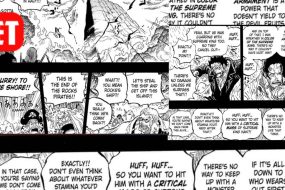
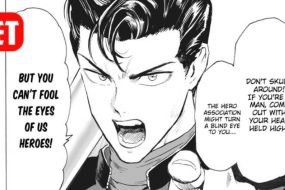
No Comments